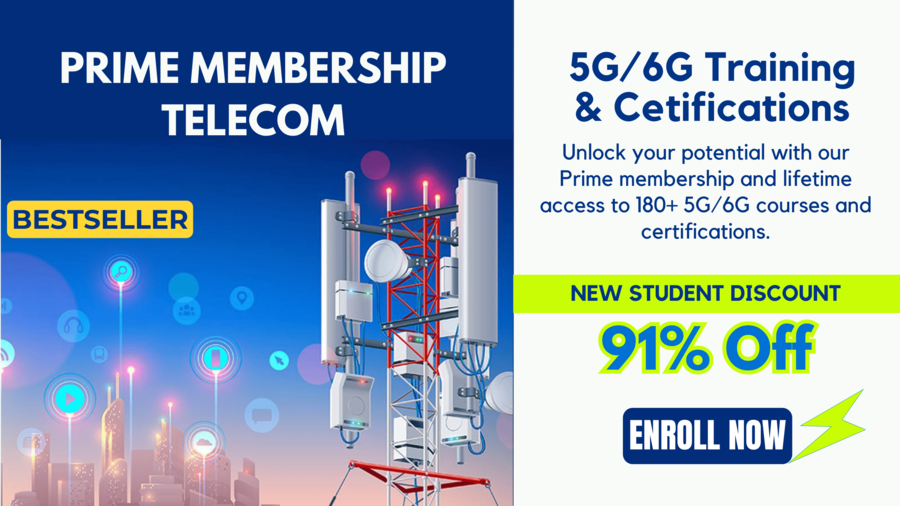5g enhanced mobile broadband

Enhanced Mobile Broadband (eMBB) is one of the three primary use cases for 5G, alongside Ultra-Reliable Low Latency Communications (URLLC) and Massive Machine Type Communications (mMTC). Let's delve into the technical aspects of eMBB in the context of 5G.
1. Frequency Bands:
5G eMBB operates across multiple frequency bands:
- Sub-6 GHz: This provides a balance between coverage and capacity. Bands like 3.5 GHz (C-band) and 600 MHz are examples.
- mmWave (millimeter wave): These are higher frequency bands (e.g., 24 GHz, 28 GHz, 39 GHz). They offer enormous bandwidths, enabling extremely high data rates but over shorter distances.
2. Modulation and Coding Schemes:
To achieve high data rates, 5G eMBB uses advanced modulation techniques like:
- 256-QAM (Quadrature Amplitude Modulation): Allows more data to be encoded into each symbol.
- Higher order MIMO (Multiple Input Multiple Output): This involves using multiple antennas at both the transmitter and receiver to improve data rates and spectral efficiency.
3. Waveform and Frame Structure:
- OFDM (Orthogonal Frequency Division Multiplexing): Like its use in 4G LTE, 5G employs OFDM for downlink and uplink transmission. It provides flexibility in allocating subcarriers for different users, reducing interference, and ensuring efficient data transmission.
- Flexible frame structure: Unlike LTE's fixed frame structure, 5G allows for dynamic frame configurations, adapting to different service requirements and efficiently using resources.
4. Network Architecture and Core Network Evolution:
- Virtualization and Edge Computing: 5G networks utilize network function virtualization (NFV) and software-defined networking (SDN) to create more flexible and scalable architectures. This enables services like edge computing, reducing latency and improving response times.
- Core Network Transformation: 5G introduces the concept of a service-based architecture (SBA) with a new core network, called the 5G Core (5GC). The 5GC supports various network functions and interfaces to ensure seamless connectivity and service delivery.
5. Advanced Features and Techniques:
- Beamforming: Utilizes MIMO and phased array techniques to focus radio frequency (RF) energy in specific directions, enhancing signal strength and coverage.
- Carrier Aggregation: Combines multiple carriers (frequency bands) to increase bandwidth and achieve higher data rates.
- Network Slicing: Allows the creation of multiple virtual networks on a shared physical infrastructure, tailored for specific applications or services with varying requirements.
6. Enhanced User Experience:
- High Data Rates: With the combination of advanced technologies and spectrum utilization, 5G eMBB aims to provide peak data rates of several Gbps, surpassing 4G LTE.
- Low Latency: Targeted latency reduction (e.g., 1 ms or lower) enables real-time applications like augmented reality (AR), virtual reality (VR), gaming, and critical communication services.
Conclusion:
5G eMBB represents a significant leap in mobile communication capabilities, offering enhanced data rates, capacity, reliability, and user experience. The technical advancements, from spectrum utilization to network architecture evolution, enable 5G to cater to a wide range of applications and services, driving the next phase of digital transformation and connectivity.
